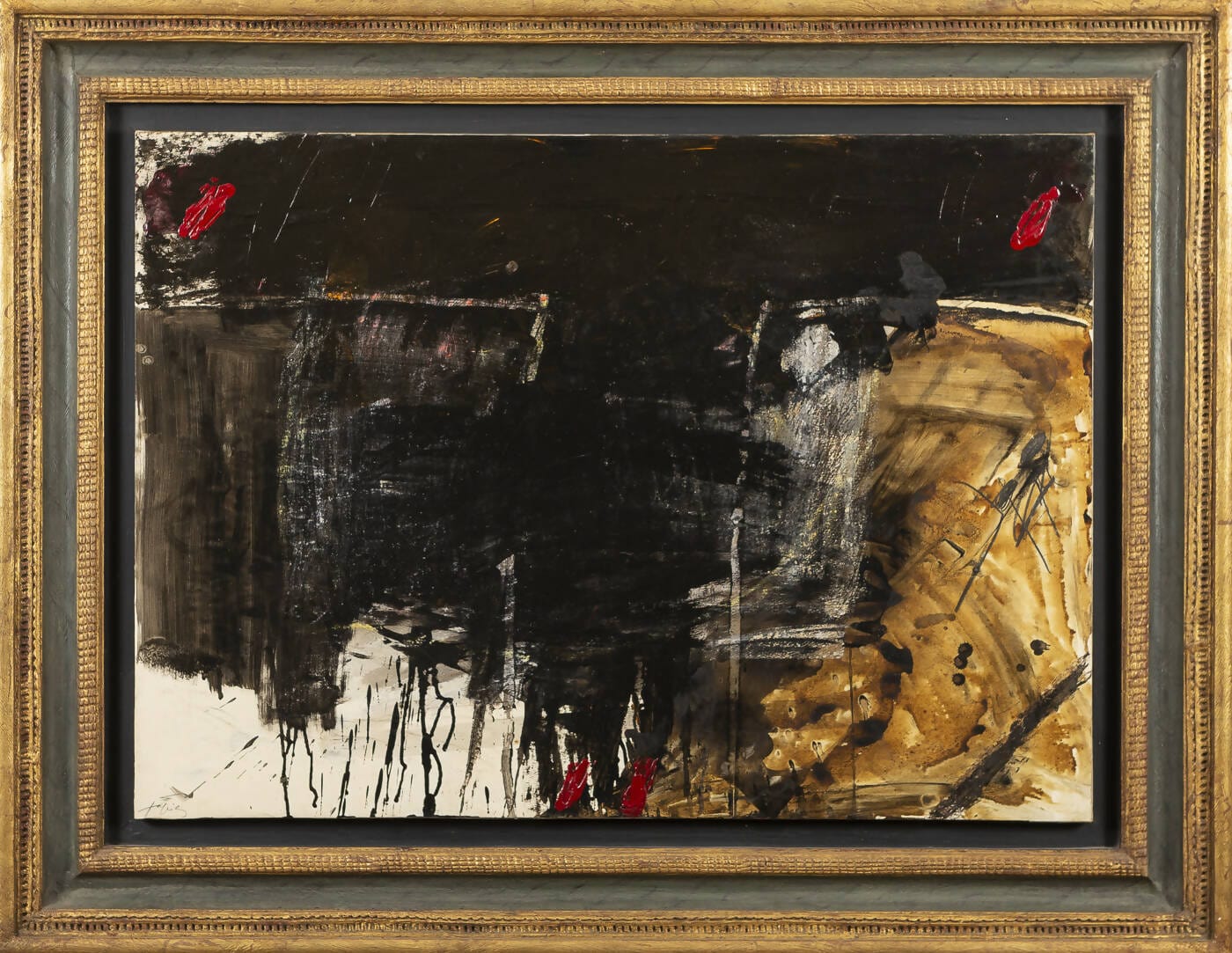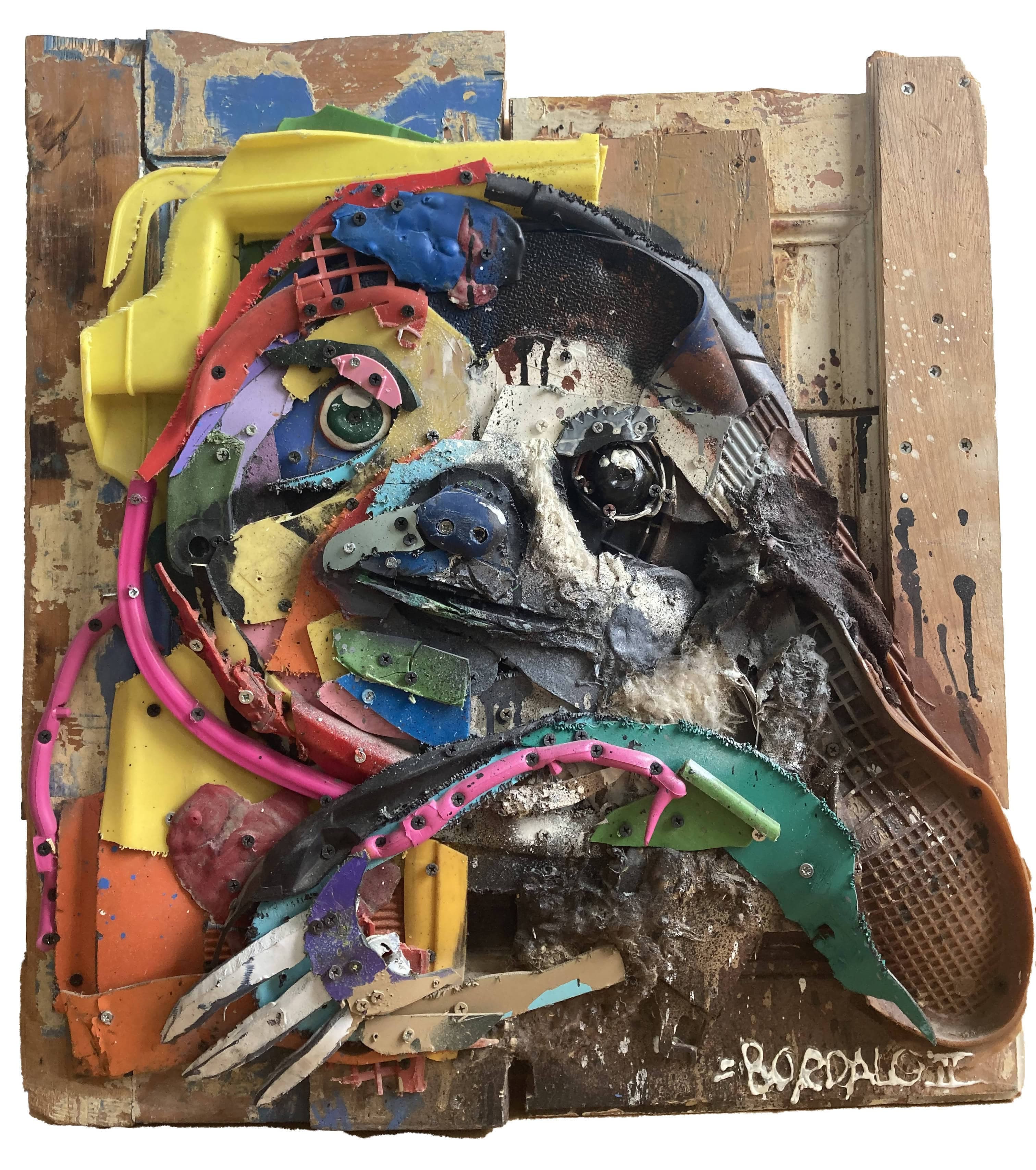
Recently, the Spanish government announced the creation of an extraordinary tax on large fortunes, with the aim of raising additional resources to support families and fight inflation. This measure has aroused the interest of affected taxpayers, who are already looking for strategies to reduce the tax burden associated with this new tax. One of the highlighted strategies is the acquisition of works of art, which could provide considerable tax benefits. In this article, we'll explore the details of this tax, the exemptions related to works of art, and the potential implications of this strategy for taxpayers in Spain.
The extraordinary tax on large fortunes:
The extraordinary tax on large fortunes was implemented by the Spanish government with the aim of covering 23,000 taxpayers for two years and raising approximately 1,500 million euros per year. The tax will go into effect before December 31 of this year, with the first payment due in June 2023, based on assets declared in 2022. However, the government has left open the possibility of extending this rate or making it permanent. .
Strategies to reduce the tax burden:
In the face of this new tax, taxpayers are exploring legal ways to minimize their tax burden. One strategy that has gained prominence is the acquisition of works of art. Consulting experts say this extraordinary tax will likely follow the current equity regime, meaning that certain assets will be fully exempted or significantly reduced in the taxable base.
Tax benefits related to works of art:
According to specialists in tax consultancy, works of art such as original paintings, sculptures, drawings, engravings and lithographs, as long as they are catalogued, can benefit from total exemption from this new tax. In addition, antiques that are over 100 years old and whose original characteristics have not been altered in the last century can also enjoy this tax advantage. However, there are limits to the value of these goods.
Implications and considerations:
While the acquisition of works of art may offer tax benefits to Spanish taxpayers affected by the extraordinary wealth tax, it is important to consider some issues. First, it is critical to ensure that works of art meet specific requirements to obtain the desired tax exemptions. In addition, the purchase of works of art must be made based on artistic criteria and not just as a tax evasion strategy, respecting the integrity and cultural value of these pieces.
What are the advantages of buying artwork?
By purchasing works of art as a strategy to reduce the tax burden associated with the extraordinary tax on large fortunes in Spain, taxpayers can enjoy several advantages. Here are some:
Tax exemptions: Works of art, such as original paintings, sculptures, drawings, engravings and lithographs, cataloged and with specific characteristics, may be completely exempt from this tax. This exemption significantly reduces the taxpayer's tax base, easing the tax burden.
Reduction of the tax base: Even if the full exemption is not applicable, the inclusion of works of art in heritage can help reduce the tax base by several tens of thousands of euros. This results in a lower tax payment, alleviating financial pressure on the taxpayer.
Valuation of equity: Works of art have the potential to increase in value over time. By investing in this market, taxpayers have the opportunity to increase their net worth, not only for tax purposes, but also as a profitable and diversified form of investment.
Cultural appreciation: Purchasing works of art is not just about tax benefits. It allows contributors to enjoy and participate in the art world, promoting culture and enriching their personal lives. Works of art can bring beauty, inspiration and meaning, becoming a source of aesthetic pleasure and contemplation.
Asset diversification: Acquiring works of art as part of the heritage is a way of diversifying assets. Instead of concentrating all resources on a single type of investment, taxpayers can spread their capital across different asset classes, thereby reducing risk and increasing opportunities for return.
Reduce the tax burden with the acquisition of works of art
With an extraordinary wealth tax imminent in Spain, taxpayers are looking for legal ways to reduce their tax burden. The acquisition of works of art emerges as an attractive strategy, due to the exemptions and tax benefits associated with these assets. However, it is essential that taxpayers act responsibly, follow proper regulations and consider artistic and cultural aspects when investing in this market. Professional and specialized advice is recommended to ensure compliance with tax regulations and preserve the value of the acquired works.
I want to buy a work of art! What should I do now?
Get as much information as possible. Before buying, do some research to obtain information about the artist and the condition of the piece. Large collectors have consultants who help them evaluate, but for a common investor, the best thing is to turn to the internet. Rely on the technology you have available!
To get a good price for works, try to avoid following trends. It is natural that certain types of works are the target of greater demand in certain periods of time, which ends up influencing the price to be paid. Do not forget that it is not worth buying a work of art just for the artist's signature, as this is not always synonymous with appreciation. There are works by renowned artists of inferior quality and, in these cases, the profitability to be achieved will certainly be lower.
Should I invest only in established artists?
A crisis can make fortunes lose (and gain), but a painting by a great painter always manages to resist the erosion caused by the passage of time. Even in periods of exaggerated inflation due to the meteoric rise in raw material prices. Currently exorbitantly priced masterpieces dominate the art market news, yet these sales represent only a fraction of an increasingly accessible and exciting market. Thanks to the internet, it's easier than ever to discover investment-worthy artists beyond the grandmasters present at auction houses like Andy Warhol, Damien Hirst or Basquiat. These artists are known as blue-chip or established artists, which means that their artworks are constantly selling for high prices on the secondary market and are held in the collections of established institutions.
In addition to these works with exorbitant prices that dominate the news, there are works by established artists such as Antoni Tàpies, Joan Miró, Júlio Pomar, Manuel Cargaleiro, Vieira da Silva It is Vhils with more favorable values for investors and art lovers. In addition to the good price for the work, they are also a good investment because they can easily be valued monetarily. Should I invest only in established artists? It is important to point out that if you are going to buy, you want to buy works of art that make you happy, whether by a renowned artist or a young artist. If you invest €10,000 in a painting you don't like just because you expect its value to increase, you'll be missing out on the fun part of investing in art compared to stocks.
Leveraging a financial investment and the artistic community
By buying art you are not just leveraging a financial investment – you are supporting an artist's career. Investing in established and emerging artists with ideas that are important to you means supporting local arts education and community! But you can also simply fall in love with an artist's work, which is the most important factor.
Embarking on the art world is not as out of reach as you might think. There's never been a better time or easier way to discover art and start building your collection. Thanks to P55.ART, you can discover artists from all over the world and learn how to become an art collector and investor today.







